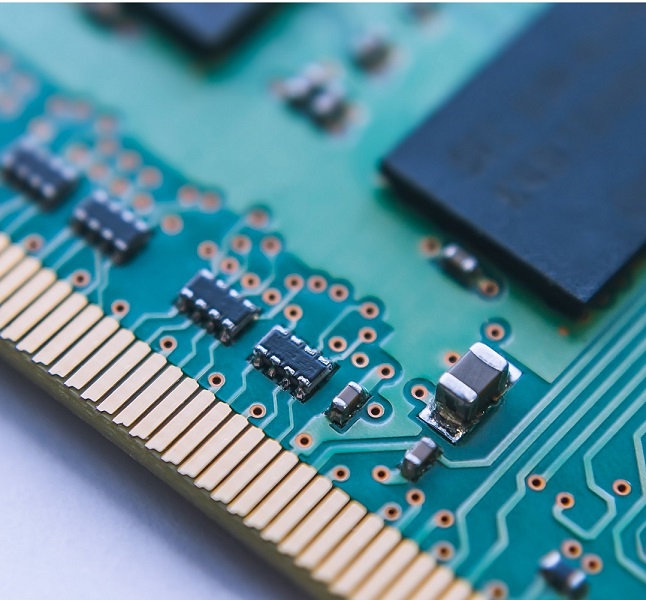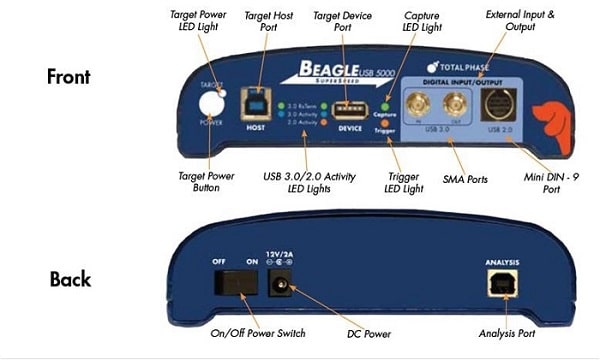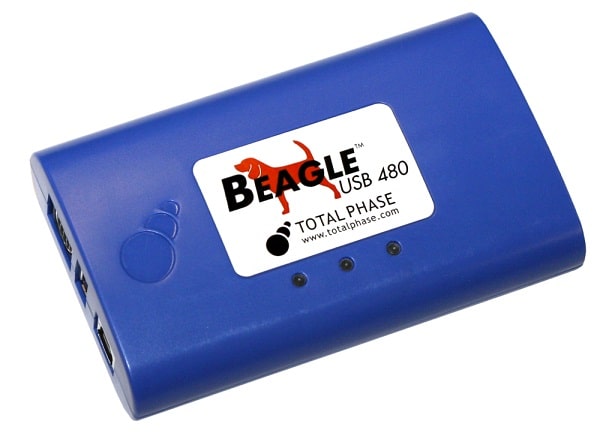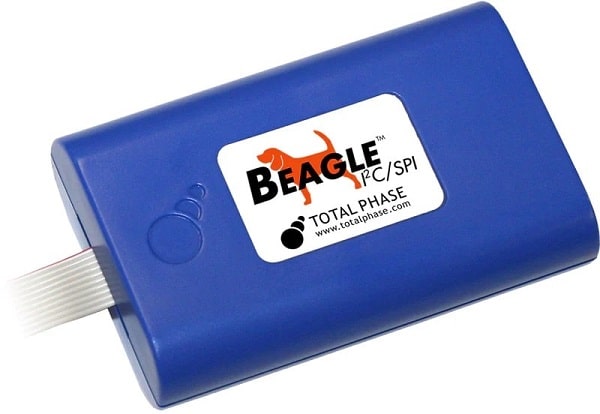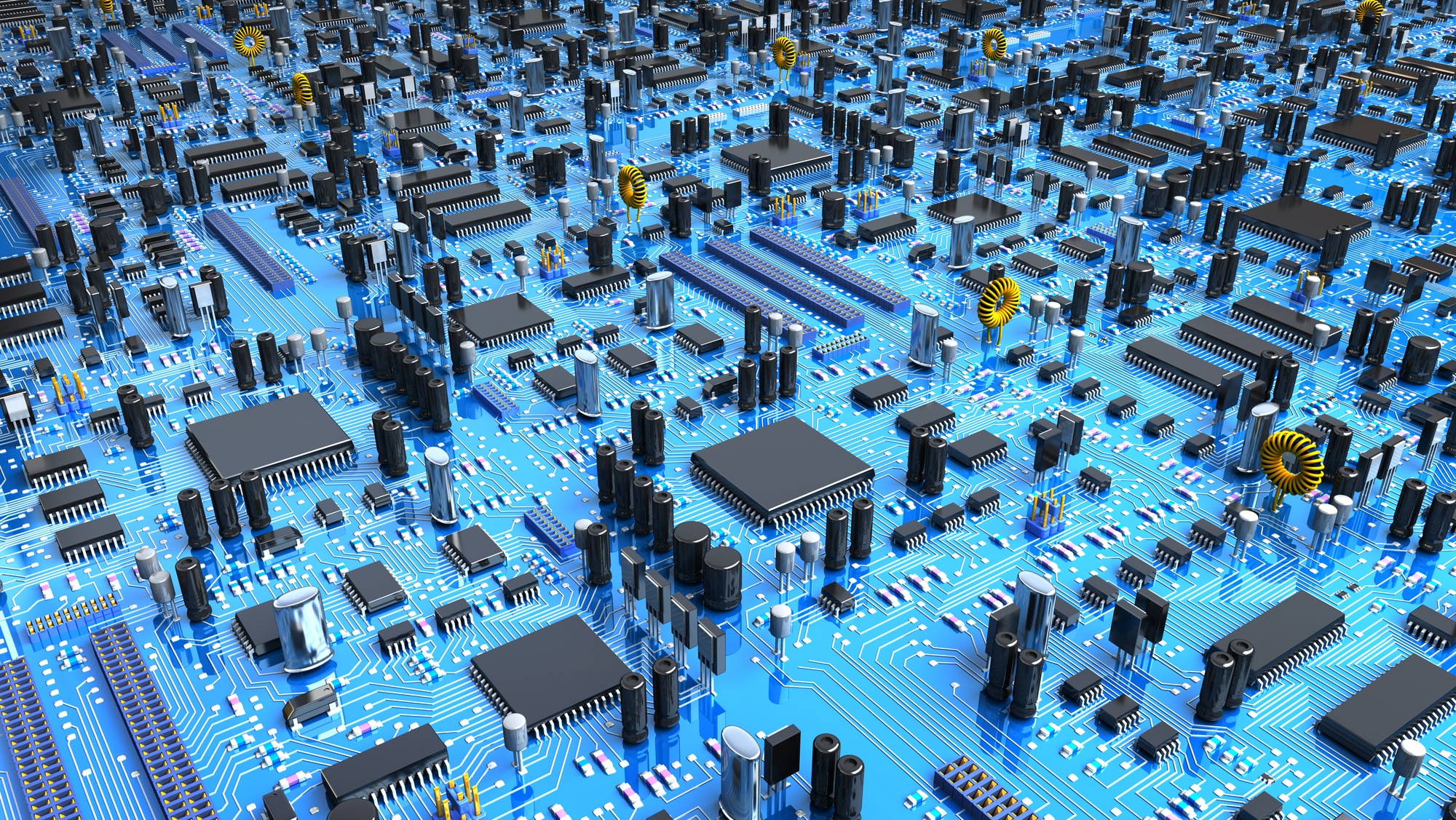
What is a Protocol Analyzer?
Protocol analyzers are indispensable tools for an embedded systems engineer. They allow engineers to gain insight into USB, I2C, SPI, CAN, etc., data that travels over the communication channel or bus. Some devices capture this information and then display it post capture, while others display the data in real-time as its transmitting. So, it’s easy to understand why protocol analyzers are so important in the world of embedded design, development and debugging processes.
Uses of protocol analyzers
Protocol analyzers work by capturing the data across an the communication bus in embedded systems. With the help of protocol analyzers, engineers and developers can design, debug and test their designs through the entire development life-cycle of a hardware product.
A protocol analyzer is intended for use with specific serial or parallel bus architecture. Quite often, these devices are also known as bus analyzers or network analyzers. They can also be used for analyzing network traffic on LAN, PAN, and even wireless networks.
With the help of protocol analyzers, you can monitor bus data continuously and decode it. The captured data can then be interpreted to generate actionable reports and display useful information to the embedded engineer.
What does a protocol analyzer look like?
Protocol analyzers come in the form of dedicated hardware that can be connected to an embedded device. However, to interpret the data captured by the hardware, you need a user interface that displays the bus data in a human-readable form. So, in a nutshell, a protocol analyzer is a combination of dedicated hardware and software working in tandem with each other. Working together, the hardware captures the data, and the software displays the captured data.
But not all interfaces are the same. Some only display the data capture, while others allow you to search, define filters, identify patterns and decode, in real-time.
Let’s look at some of the most common network protocols that are in use today.
Types of Network Protocols
USB Protocol
USB protocol is by far the most common communication protocol in the consumer market today. Anyone with a computer, cell phone or tablet has used USB protocol knowingly or unknowingly in the form of Flash drives, data cards, USB cables, chargers, etc.
USB stands for Universal Serial Bus. As the name suggests, USB protocol is used to transmit data serially with one bit after another. USB is essentially a polled bus where all the data transmissions are initiated by the host.
CAN Protocol
The CAN (Controller Area Network) Protocol is used to facilitate communication between microcontrollers and associated devices in an embedded environment. It is particularly helpful in scenarios where a host computer is not present.
I2C Protocol
I2C protocol has been around for over four decades, and even today, it enjoys a considerable amount of popularity. I2C, which is also known as I2C OR IIC stands for Inter-Integrated Circuit. You can use I2C to establish short distance communication within two ICs located on the same circuit board.
I2C protocol’s major unique selling proposition lies in its simple design, adaptable features, superior chip addressing and a robust error handling mechanism. However, I2C is also marred with drawbacks such as slow transfer rates and the amount of real estate it takes on the circuit board.
SPI protocol
Similar to I2C, SPI (Serial Peripheral Interface) is also used for short distance communication in embedded systems. It is a serial communication protocol that operates in full duplex mode with the help of master-slave architecture. You can connect multiple slave devices through SPI protocol. However, keep in mind that, SPI supports a single master device only.
eSPI Protocol
The eSPI (Enhanced Serial Peripheral Interface) bus was developed by Intel which is essentially an SPI bus with a fewer number of pins. The working voltage of the eSPI bus has also been set at a low 1.8V to support the newer manufacturing processes.
We offer various protocol analyzers for every common protocol.
If you need help choosing the right device, you can contact us by phone or email. We are happy to help!




